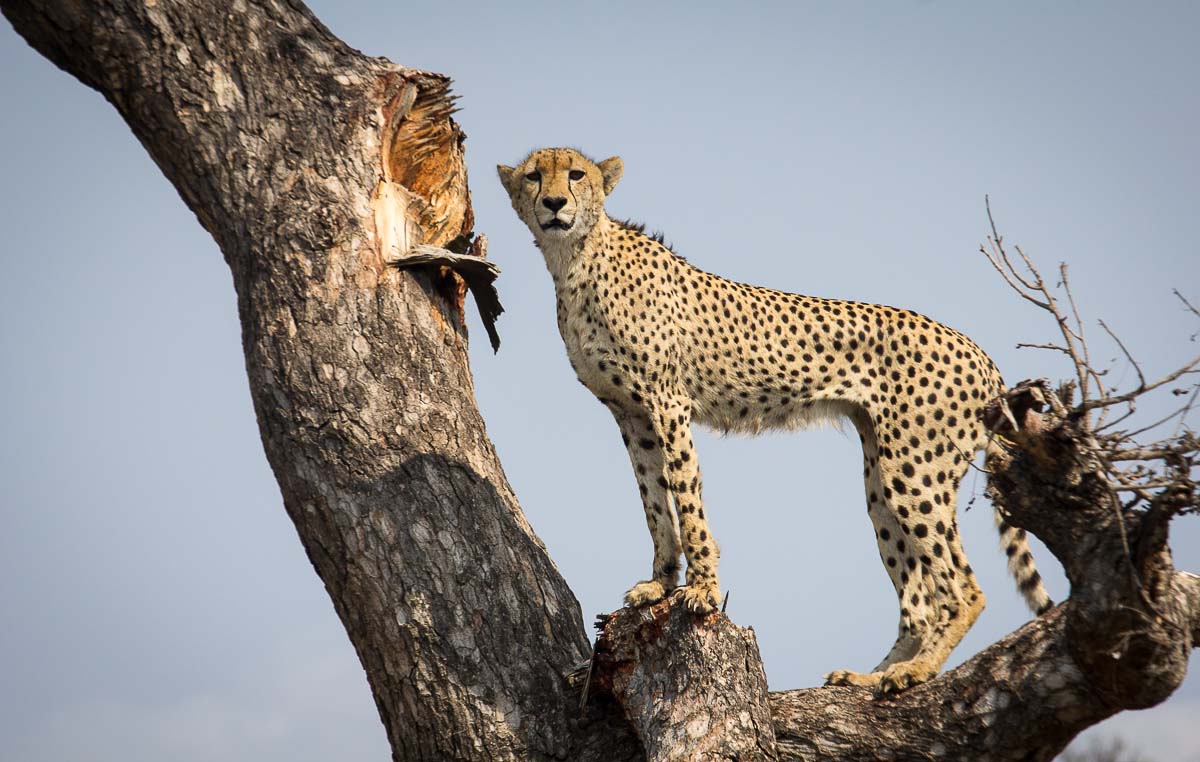Shepherdson (1994) defined environmental enrichment as the “concept which describes how the environments of captive animals can be changed for the benefit of the inhabitants.”
The goal of this is to reduce abnormal behavior and rise in performance in species-specific behavior.
Problems:
Captive enclosures for cheetahs are often small and lack of stimulatory elements.

Cheetahs in the wild guard their territories and territories can range from 33km2 to 161km2. Assuming that a smaller ‘territory’ in captivity requires less time to patrol and scent mark, small enclosures in captivity reduces the ability for these animals to perform natural territorial behaviors to the extent that they would in the wild and the proportion of time devoted to this.
Solutions:
- Enclosures should be designed to fulfill the needs for space, shade, shelter, privacy, stimulation, elevation and public viewing.
- Lyson et al. (1997) found that felids housed in larger enclosures showed higher average movement than those in smaller ones.
- Wild cheetahs can be found in dry forests, scrub forests, and Savannah, therefore introducing elements like rocks, logs, grass and shrubs into captive enclosure will be beneficial as these elements are commonly found in the natural habitats of the cheetahs.

